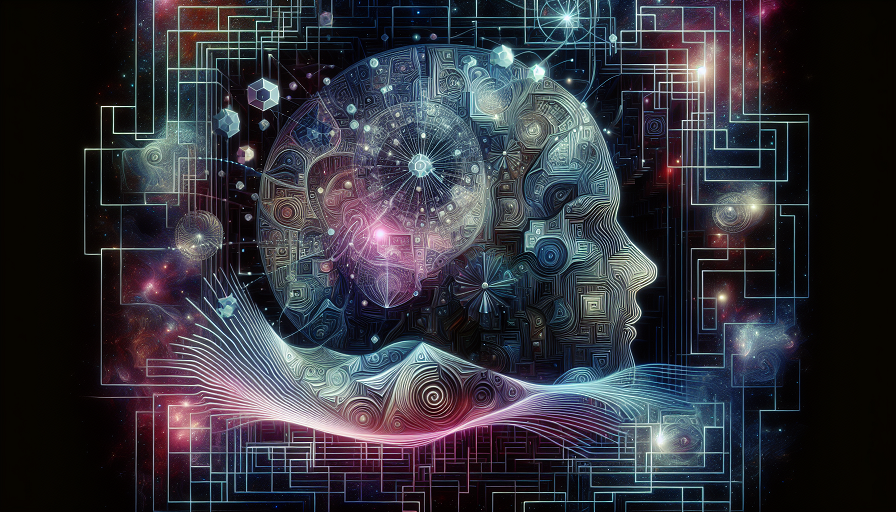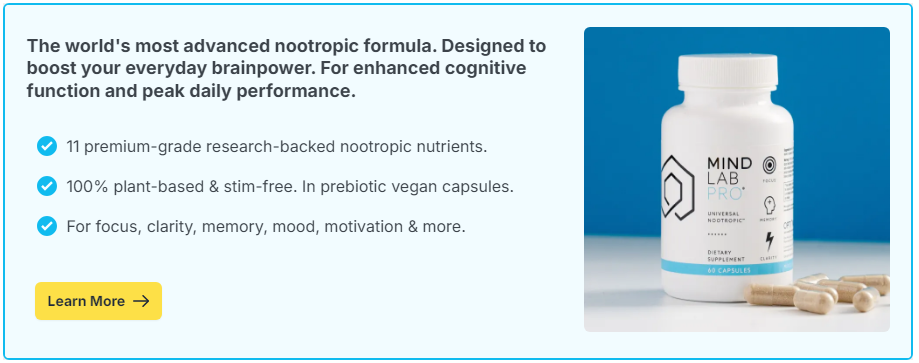
Leonardo da Vinci painted the Mona Lisa, conceptualized flying machines, dissected cadavers, and sketched war engines—sometimes all in the same week. He left behind more than 7,000 pages of notebooks filled with ideas that would shape centuries of science, art, and innovation. Naturally, we ask: how did he have the time—and mental stamina—to do it all?
One popular theory: he hacked his sleep.
According to legend, Leonardo followed a radical polyphasic sleep schedule, sleeping for just 20 minutes every four hours—a cycle known as the Uberman method. This would total just two hours of sleep per day, leaving a mind-blowing 22 hours for creativity, learning, and invention.
But is there any truth to this claim? And even if it’s a myth, what does it reveal about sleep, brain performance, and how we manage time and energy?
Contents
- What Is Polyphasic Sleep?
- Did Leonardo Actually Do This?
- How Sleep Affects the Brain
- The Promise (and Problem) of Polyphasic Sleep
- The Real Sleep Advantage of Geniuses
- How to Hack Sleep for Better Brain Performance
- Can Nootropics Support Unusual Sleep Rhythms?
- Da Vinci’s True Genius: Rhythm, Not Reduction
- About the Author
What Is Polyphasic Sleep?
Polyphasic sleep refers to breaking up sleep into multiple smaller sessions throughout a 24-hour period, rather than one long block at night (monophasic sleep) or a main sleep plus a nap (biphasic).
Common Polyphasic Sleep Patterns:
- Biphasic: One long sleep (e.g., 5–6 hours) + one nap (30–90 minutes)
- Everyman: Core sleep (3–4 hours) + 2–3 naps (20 minutes each)
- Uberman: Six 20-minute naps spaced evenly (no core sleep)
These methods promise more waking hours, improved energy distribution, and in some anecdotes—enhanced creativity. But the science paints a more complex picture.
Did Leonardo Actually Do This?
The idea of da Vinci sleeping just two hours a day is based more on myth than confirmed record. While his notebooks document a highly structured and inquisitive mind, they contain no direct reference to a polyphasic schedule. Most historians believe the Uberman claim originated in the 20th century and was retroactively applied to his legacy.
However, Leonardo’s known lifestyle—deep immersion in varied projects, unusual working hours, and an almost compulsive curiosity—makes it plausible that he experimented with sleep in unconventional ways.
Whether fact or fiction, the legend prompts an important question:
Can altering your sleep schedule improve creativity and cognitive performance?
How Sleep Affects the Brain
Modern neuroscience confirms what many instinctively feel: sleep isn’t wasted time—it’s cognitive gold. It’s when your brain consolidates memories, removes neural waste, processes emotion, and even sparks creative problem-solving through dream content and subconscious reprocessing.
During Sleep, the Brain:
- Replays learned information (especially during deep sleep)
- Connects distant ideas (especially during REM sleep)
- Balances neurotransmitters like serotonin and dopamine
- Flushes out metabolic waste through the glymphatic system
Disrupting these cycles—particularly by skipping deep and REM sleep—can impair decision-making, attention, creativity, and even long-term brain health.
The Promise (and Problem) of Polyphasic Sleep
Some short-term studies suggest polyphasic sleep, when carefully structured, can maintain basic functionality and alertness for a time. However, these results are inconsistent and highly individual. For most people, extreme polyphasic schedules lead to:
- Sleep debt accumulation
- Impaired cognitive flexibility
- Mood instability
- Reduced immune function
That said, not all sleep reduction is harmful. Many high performers follow lighter biphasic patterns—napping in the afternoon or structuring their day around a split schedule—to great effect. The key isn’t minimizing sleep. It’s maximizing sleep quality and timing it for mental output.
The Real Sleep Advantage of Geniuses
Throughout history, creative minds have used sleep differently—not necessarily by reducing it, but by tuning into its rhythm and role in the creative process. Thomas Edison famously napped while holding ball bearings, which would fall and wake him as he entered REM. Salvador Dalí did the same with a spoon. Both sought to tap into the hypnagogic state—a transitional period rich in surreal imagery and novel connections.
Modern research confirms that this “edge of sleep” state enhances divergent thinking, pattern recognition, and problem-solving—often in unpredictable ways. In that sense, da Vinci’s genius may have stemmed not from sleeping less, but from using sleep more creatively.
How to Hack Sleep for Better Brain Performance
Whether you’re a midnight painter or a 5 AM planner, understanding how to align sleep with your cognitive needs is more useful than copying da Vinci’s rumored methods.
Strategies That Actually Work:
- Honor your chronotype: Are you naturally a morning thinker or an evening ideator?
- Use naps strategically: A 20-minute nap can restore alertness without grogginess
- Protect REM sleep: It boosts emotional regulation and creative thought
- Limit blue light after dark: To encourage melatonin and proper sleep onset
- Experiment with biphasic schedules: Especially if your lifestyle allows it
Can Nootropics Support Unusual Sleep Rhythms?
For those experimenting with alternative sleep strategies—or simply navigating demanding schedules—natural nootropic supplements can help support cognitive performance and recovery. Adaptogens like Rhodiola and ashwagandha help buffer stress, while compounds like L-theanine promote relaxation without sedation. Others, like citicoline or lion’s mane mushroom, support neural regeneration and long-term brain health. These aren’t replacements for sleep—but they can support the brain during periods of strain or transition, helping to sustain clarity and mental flow.
Da Vinci’s True Genius: Rhythm, Not Reduction
Whether or not Leonardo really slept for just two hours a day, his genius likely came not from extreme deprivation—but from intuitive alignment with his brain’s rhythms. He followed curiosity, balanced multiple forms of work, and allowed his mind to shift between focused effort and dreamy ideation.
In that sense, his legacy isn’t a rigid schedule to copy—but a mindset to emulate: one that honors the brain’s need for variation, recovery, and spontaneous insight.
You don’t need to sleep like a Renaissance polymath to think like one. Instead of mimicking da Vinci’s alleged sleep patterns, borrow his commitment to mental energy, creative space, and cognitive flexibility. Build rest into your routine not as downtime—but as brain fuel.
Because the real secret of genius isn’t always in the waking hours. Sometimes, it’s what your brain is doing when you’re not trying at all.

